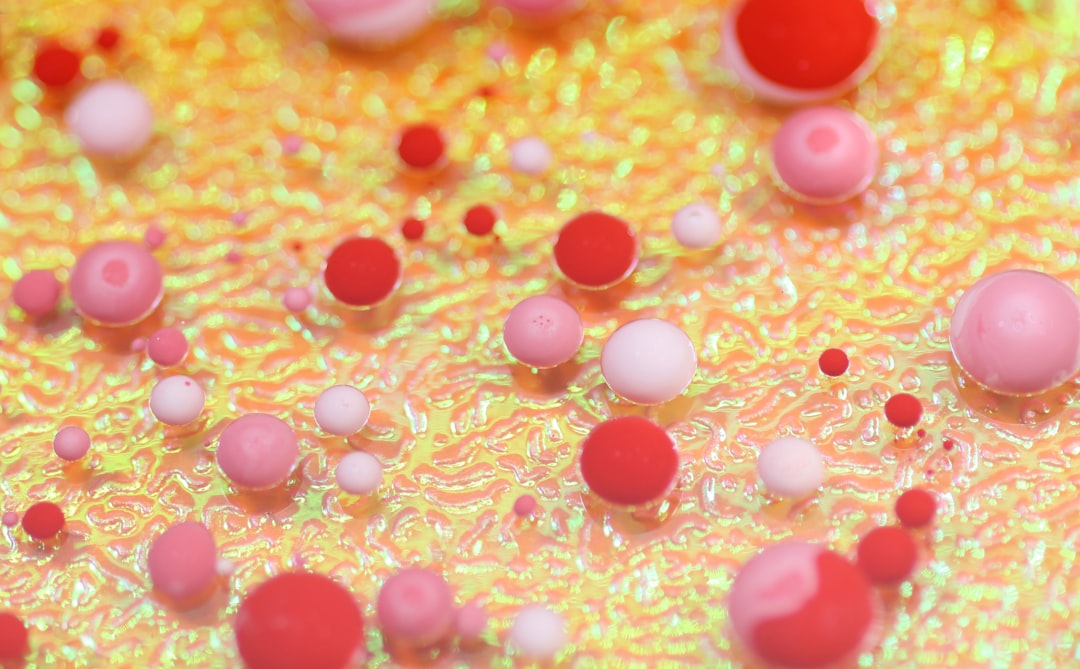What is it about?
Despite many recent technological advances, average success rates with IVF remain low, driving patients to consider IVF-adjuvant CAM therapies, many of which are unproven and inadequately investigated. Acupuncture is the most commonly used adjuvant CAM fertility treatment among couples seeking fertility care in US fertility clinics.
Featured Image
Why is it important?
Although there have been recently published systematic reviews of acupuncture as an adjuvant to IVF, these reviews did not pre-specify potential subgroup variables, to understand the impact of such variables on the effects of adjuvant acupuncture on IVF success rates. Nor did the reviewers contact RCT authors to obtain complete information about clinical and methodological characteristics, to enable credible subgroup analyses.
Perspectives
This systematic review of randomized controlled trials found that adding acupuncture to the embryo transfer procedure of IVF increased pregnancy success rates in some IVF trial settings, but not others. Specifically, the effects of adjuvant acupuncture on IVF success were dependent on the baseline IVF pregnancy rates at the clinic that conducted the trial. The baseline pregnancy rate at the clinic is estimated by the pregnancy rate of the control group in the trial. I n IVF clinics with baseline pregnancy rates higher than average (i.e., 32% or greater), adding acupuncture had no benefit. However, in IVF clinics with baseline pregnancy rates lower than average (i.e., <32%), adding acupuncture seemed to increase IVF pregnancy success rates. Indeed, there was a direct association between the baseline pregnancy success rate at the clinic and the effects of adding acupuncture: the lower the baseline pregnancy rate at the clinic, the more adjuvant acupuncture seemed to increase the pregnancy rate. In this review, there was substantial heterogeneity of baseline pregnancy rates across the trials. In fact, the pregnancy rates in the trials’ control groups (an estimate of the trials’ baseline rates) differed by a factor of almost seven. The lowest baseline rate was from an Italian trial (i.e., 10%), while the highest baseline rate was from a US trial (i.e., 67%). The reasons for differences in baseline pregnancy rates are complex and driven by several factors. However, these differences may be largely explained by differences in IVF regulations across countries, in particular regarding the number of embryos transferred per cycle. European countries, for example, have lower IVF pregnancy rates than does the United States. A major reason for this difference is that European countries are increasingly moving towards single embryo transfers, which carry lower health risks. In this review, the European trials, which generally had lower baseline rates, showed more of a benefit of adjuvant acupuncture than the US trials, which all had higher baseline rates. Although baseline pregnancy rate is possibly a proxy for the number of embryos transferred, other factors are also involved. One potential explanation for the different effects of acupuncture in trials with higher versus lower baseline rates may be that in IVF settings where the baseline pregnancy rates are already high, the relative added value of additional co-interventions, such as acupuncture, may be lower. How should IVF clinicians interpret these findings? For clinics with higher than average IVF pregnancy rates, acupuncture does not seem to show any benefit. However, for clinics with lower than average IVF pregnancy rates, acupuncture seems to increase the success rates of IVF. Therefore, acupuncture might be a useful add on procedure in IVF clinics with lower baseline rates; however, this finding require further confirmation and exploration in additional studies. Other considerations include safety and cost-effectiveness. Although acupuncture is a safe procedure, research has not determined whether any benefits on IVF success rates resulting from adding acupuncture are worth the extra costs involved with administering acupuncture. Future studies might further investigate the relationship between baseline rate of pregnancy and the efficacy of adjuvant acupuncture, and also further investigate which variables are responsible for this relationship.
Dr Eric W Manheimer
DynaMed
Read the Original
This page is a summary of: The effects of acupuncture on rates of clinical pregnancy among women undergoing in vitro fertilization: a systematic review and meta-analysis, Human Reproduction Update, June 2013, Oxford University Press (OUP),
DOI: 10.1093/humupd/dmt026.
You can read the full text:
Resources
The key to IVF success
Article in Prevention Magazine describing how "an Eastern technique could boost your baby odds".
Review of research shows, overall, aacupuncture did not increase pregnancy rates with IVF
NCCAM's monthly ‘Research Results’ summary, linked to from the NCCAM homepage.
Can acupuncture help women get pregnant?
Live Science article reproduced in Yahoo! News, Fox News, NBC News, and the Huffington Post.
Acupuncture improves in vitro fertilization rates
Indian news coverage. Brief summary of study
Contributors
The following have contributed to this page










